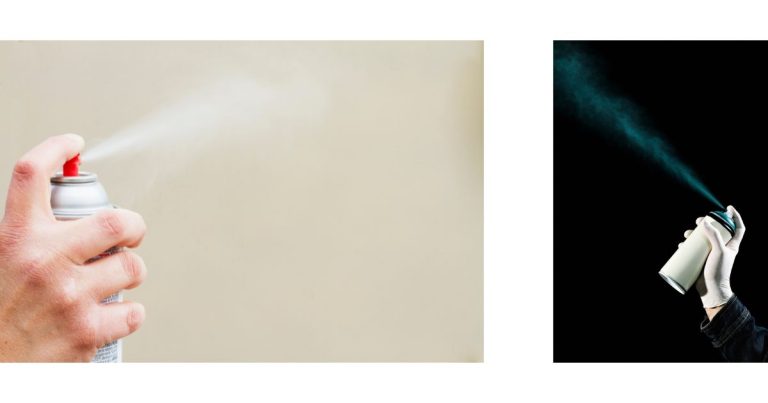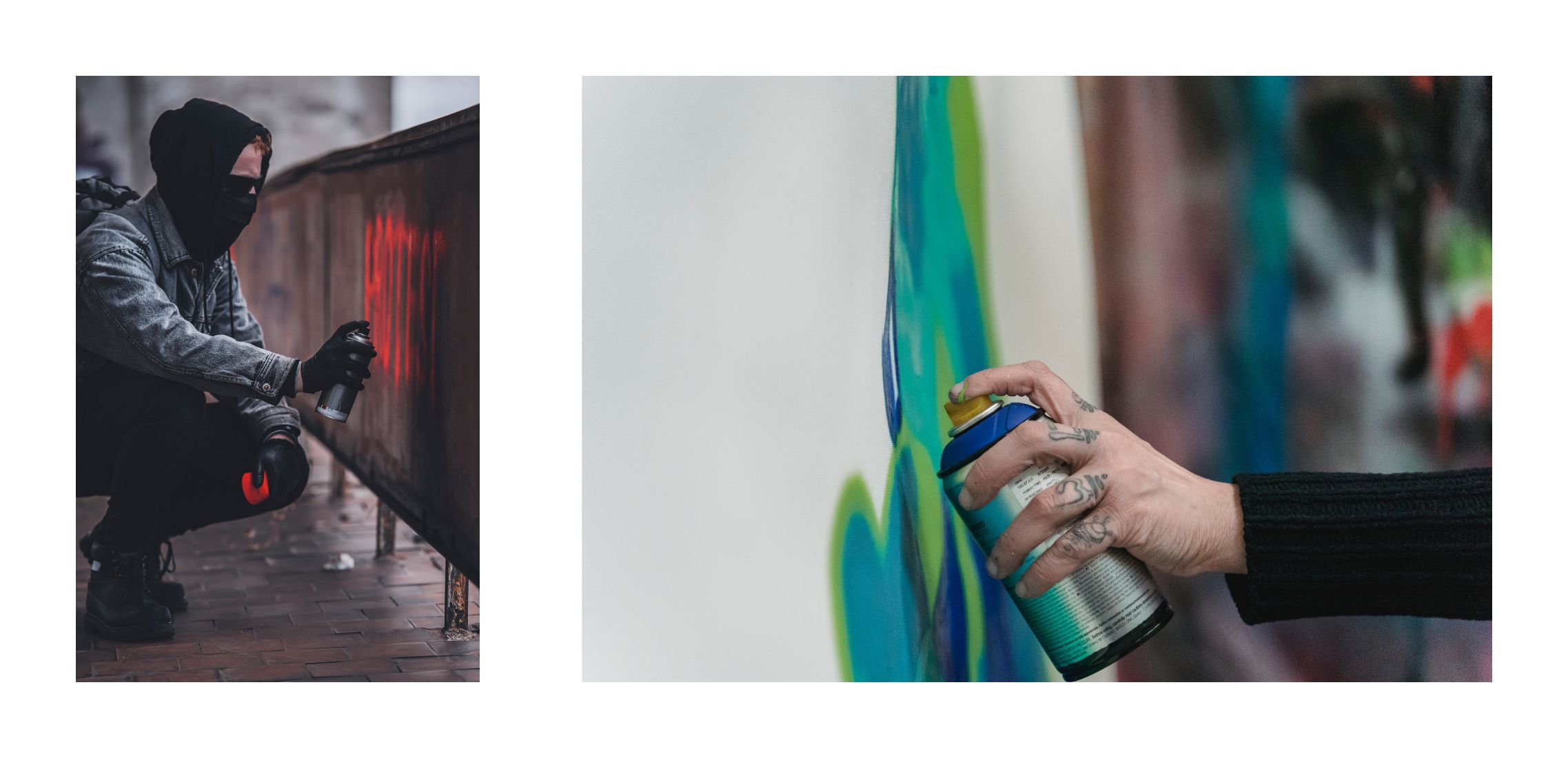When it comes to hardening spray paint, there are a few things you can do to ensure that your paint job lasts. First, you want to make sure that you use high-quality paint. This will help to ensure that the paint adheres to the surface properly and does not chip or peel off easily.
Second, you want to make sure that you apply a primer to the surface before you paint. This will help to create a barrier between the paint and the surface, and will also help to ensure that the paint adheres to the surface better. Finally, you want to make sure that you apply a topcoat to the paint after it has dried.
This will help to protect the paint from UV rays and other environmental factors that can cause the paint to fade or chip.
- Select a spray paint designed for outdoor use
- Look for a paint that is specifically labeled as being resistant to weather and wear
- Prepare the surface you will be painting
- Clean it thoroughly with soap and water, then sand it down to create a smooth texture
- Apply a primer to the surface
- This will help the paint to better adhere to the surface and create a more durable finish
- Paint the surface with your chosen spray paint
- Follow the directions on the can for best results
- Allow the paint to dry completely
- Once it is dry, you can apply a clear sealer to further protect the finish
Quick tip on hardening spray paint
How to harden spray paint on plastic
Spray painting plastic is a quick and easy way to give any plastic surface a new lease on life. However, if you don’t take the proper steps to harden the paint, it can quickly become scratched and chipped. Here are a few tips to help you harden spray paint on plastic:
- Use a primer: Applying a primer before your paint will help to create a stronger bond between the paint and the plastic surface.
- Choose the right paint: Not all paints are created equal! Make sure to choose a paint that is specifically designed for use on plastic.
- Apply multiple coats: One thin coat of paint is not going to cut it. Apply multiple coats of paint, allowing each coat to dry completely before adding the next.
- Finish with a clear coat: A clear coat of varnish or polyurethane will help to further protect your paint job and make it more durable.
How do you make spray paint hard?
Spray paint is a great way to add a new look to any project, but sometimes it can be difficult to get a smooth, even finish. If you’re having trouble getting your spray paint to harden, there are a few things you can do to fix the problem. First, make sure you’re using the right type of paint.
Some paints are designed to be hard, while others are meant to be soft. If you’re not sure which type of paint you need, ask a professional at your local hardware store. Once you’ve got the right paint, it’s important to apply it correctly.
If you’re using a can of spray paint, hold it about 10 inches away from the surface you’re painting and use even, sweeping strokes. Overlapping your strokes will help ensure a smooth, even finish. If you’re still having trouble getting your paint to harden, you can try adding a hardening agent to the paint.
These are available at most hardware stores and can help to speed up the drying process. With a little patience and the right tools, you can get a great finish on your next spray painting project.
How can you make spray paint harden faster?
If you’re in a hurry and need your spray paint to dry faster, there are a few things you can do. First, make sure you’re using an oil-based paint, as water-based paint will take longer to dry. Next, thin the paint slightly with mineral spirits or paint thinner.
This will help the paint to dry faster. Finally, apply a thin layer of paint and don’t overdo it – too much paint will take longer to dry. If you follow these tips, your spray paint should dry faster so you can get on with your project.
Does spray paint harden over time?
Spray paint will harden over time, but it may take longer than you expect. The paint needs to be exposed to air to cure properly, so it’s best to leave it out in the open for at least 24 hours. If you’re in a hurry, you can try using a hairdryer to speed up the process, but be careful not to overheat the paint.
Once it’s hard, your spray-painted project will be durable and long-lasting.
Can you heat treat spray paint?
Spray paint is a type of paint that is sprayed onto a surface to create a smooth, even finish. It is typically used for painting walls and ceilings. Spray paint can be made from a variety of different materials, including acrylic, enamel, and latex.
Spray paint can be heated in order to change its properties. For example, heating spray paint can make it more durable and resistant to wear and tear. Heating spray paint can also make it more resistant to fading and chipping.
In order to heat treat spray paint, you will need to use a heat gun. Heat guns are available at most hardware stores. First, you will need to set the heat gun to the correct temperature.
The temperature will depend on the type of spray paint you are using. Next, you will need to hold the heat gun about six inches away from the spray paint can. You will then need to slowly move the heat gun back and forth over the top of the can.
After a few minutes, you will need to remove the heat gun and allow the spray paint to cool. Once it has cooled, you will need to test the spray paint to see if it has changed properties.
Conclusion
Spray paint is one of the most versatile and affordable finishes you can use to update furniture, walls, and more. But like any paint job, proper prep work is key to achieving a smooth, professional-looking finish. One important step in prepping for a spray paint job is to harden the paint.
Hardening spray paint creates a more durable finish that is less likely to chip or scratch. Here’s how to harden spray paint:
- Start with a clean, dry surface. This will help the paint to adhere better and create a more even finish.
- Apply a primer before painting. This will help to create a smooth surface for the paint to adhere to.
- Use several thin coats of paint, rather than one thick coat. This will help the paint to dry evenly and create a more durable finish.
- Allow the paint to fully dry between each coat.
- Once the final coat of paint is dry, apply a clear sealer. This will help to protect the paint and create a more durable finish.










